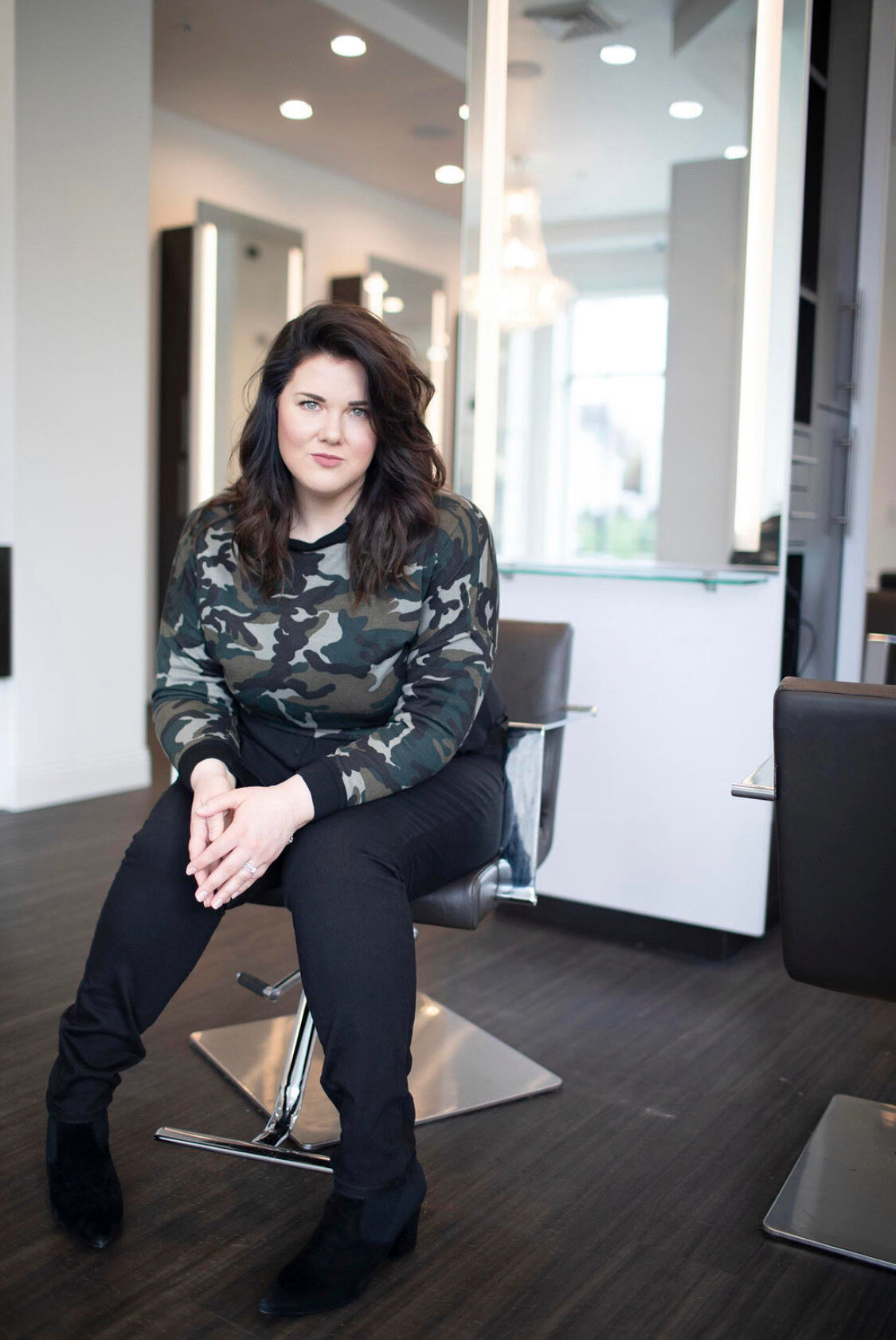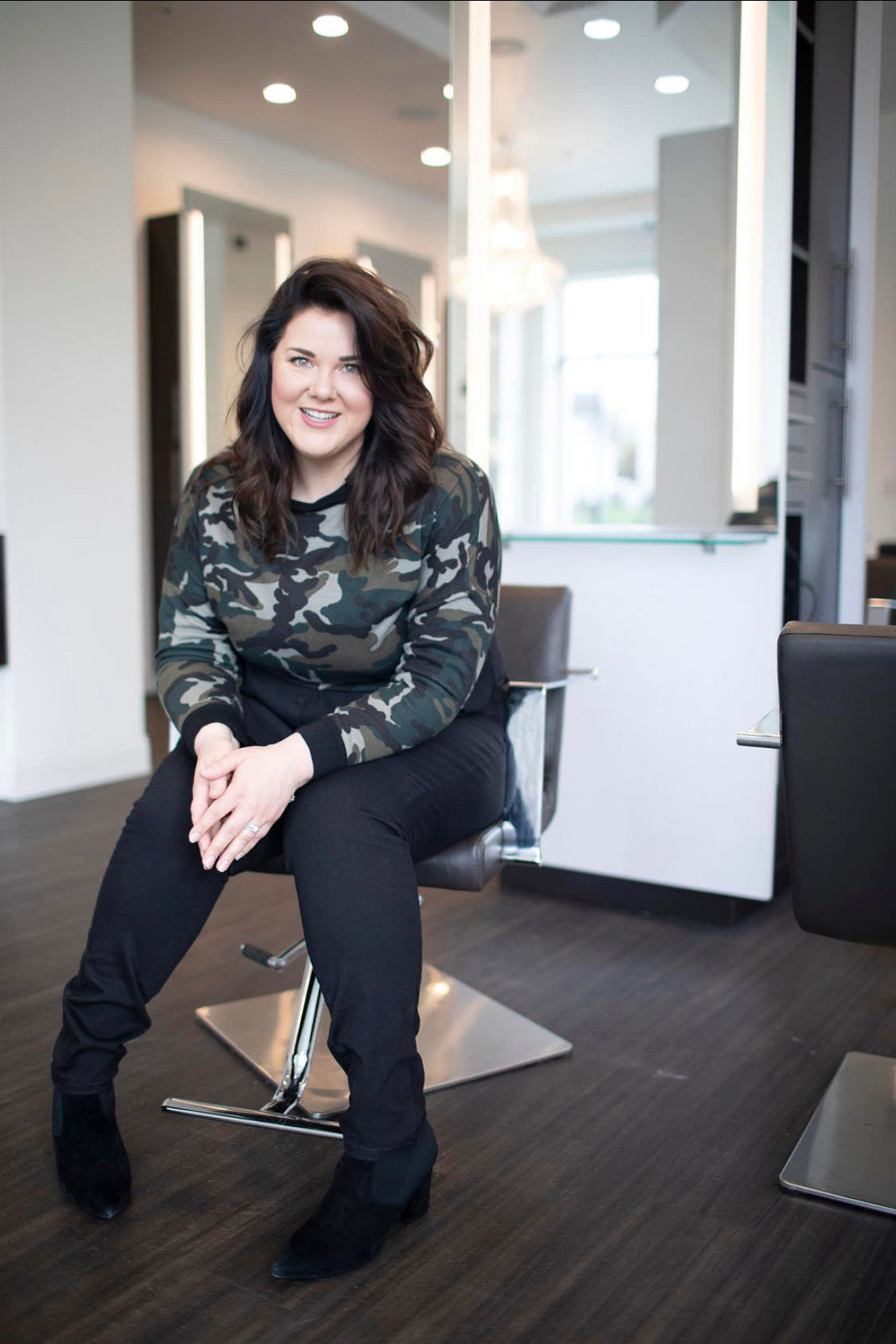It’s time to talk about firing a stylist.
When a guest calls back for a correction service, we typically find that the fail in the service can be traced all the way back to the consultation. In some way, we were misaligned in our communications and expectations.
Similarly, when we find that a team member is no longer working out, we can almost always trace it back to when we hired them and see that there was a misalignment between who they are, and who we hoped they would be.
And honestly, this goes two ways, right? That stylist likely also feels that we aren’t meeting their expectations for who they thought we would be as a salon.
Well today, Salon Owner and Industry Expert, Kati Whitledge, is here to walk you through exactly how to know when it’s time to fire a stylist on your salon team.
In addition to hosting the beloved Beyond The Technique podcast, Kati is the owner of the award-winning Be Inspired Salon located in Madison, Wisconsin, and the creative brain behind Meet Your Stylist, an innovative salon software system that matches potential clients with salon professionals based on services, lifestyle preferences, and personality metrics.
Firing a stylist is never easy, but Kati knows first-hand that it’s better to cut ties sooner rather than later and set both parties free.
Clients choose to do business with your salon because, as Simon Sinek would say, “They believe you value what they value”. It’s no different with building your salon team! You have to recruit and hire people that value what you value. If you are hiring people based on their technical capabilities or client following, versus hiring based on who they are and how they’ll fit into your salon—you’re going to have a problem. You can help build a stylist’s clientele and work with them on their craft, but you cannot change their mentality or beliefs.
Is Your Stylist Living Up to Your Salon’s Values?
The first and most important sign that an employee should be terminated is when they display behavior that is not in line with your salon values. It is imperative to have company values established that everyone is aware of and knows are the standards for the salon. Examples of salon values are education, guest experience, integrity, loyalty, mentoring and a great attitude.
The next step is defining what each value means to your salon. Take integrity for example. For Kati’s salon, integrity means you do what you say you are going to do and you make honest and ethical decisions when no one is watching. If someone is behaving in a way that goes against your salon values, it doesn’t necessarily mean they are a bad person, nor does it mean they should not behave that way—it just means they don’t belong in your salon. Do you see that distinction?
How to Know It’s Time to Let a Stylist Go
When a stylist or team member behaves in a way that goes against your salon values, you are faced with two questions. Can you coach them to change and guide them to fit your salon standards? Or, has this crossed the boundaries and become cause for immediate termination?
Kati takes us through an example. Let’s say a stylist is very rude to a client and the client calls to talk to the manager about it. You find out the details of the event and realize that the stylist was out of line. They didn’t live up to your salon value of “guest experience”. You talk with your stylist right away and make sure they acknowledge that they were in the wrong. You document the talk and create an agreement that if, and when, the stylist is in a similar situation with a client in the future, they will choose to behave in a new way. Ultimately, this is a win because it was a one-time offense and your stylist took ownership in their behavior.
If the stylist had argued about the occurrence, or shifted blame onto someone else, or it just so happened to be the third complaint with this stylist—this might be cause for termination.
Another scenario could be that one of your stylists builds great relationships with their clients. They have massive growth because their soft skills are amazing and as a result, they end up producing the most revenue for your salon. Most salon owners would consider them a star stylist or an “A” player.
As time passes the stylist becomes proud and at times arrogant. The salon chalks it up as confidence that is admittedly borderline cockiness, but they let it go because the stylist is a total rock star behind the chair. The stylist is given massive perks such as weekends off and they’ve been given the right to no longer provide certain services that they don’t want to do.
All of a sudden the owner catches wind that the stylist has made a deal with their client to provide services for them outside of the salon at a lesser price point. What do you do? Is this coachable or has this crossed a boundary and become immediate cause for termination? The answer is, they have to go.
Kati says you can’t keep your rock star stylist if they don’t live up to the values of your salon because it sends the wrong message to those who do. You let them go because they are compromising the overall well-being of every single team member.
Sometimes It’s Best to Simply Move On
In Dr. Henry Cloud’s book, Necessary Endings, he shares two profound thoughts, “Without the ability to end things, people stay stuck, never becoming who they are meant to be, never accomplishing all that their talents and abilities should afford them.”
And the second thought that we cannot afford to ignore is, “Your business and your life will change when you really, really get it that some people are not going to change, no matter what you do, and that still others have a vested interest in being destructive.”
Firing a stylist, manager, assistant or guest service representative is never easy. But the truth of the matter is, even though there are legitimate fears attached to someone leaving, we have to recognize there are greater risks in keeping someone who is not meant to be on the team.
To listen to the podcast that inspired this blog, check out episode 196, and if you’d like to learn a little bit more about our host, Kati, check out her website and don’t forget to subscribe to the Beyond The Technique podcast for more incredible industry insight.












